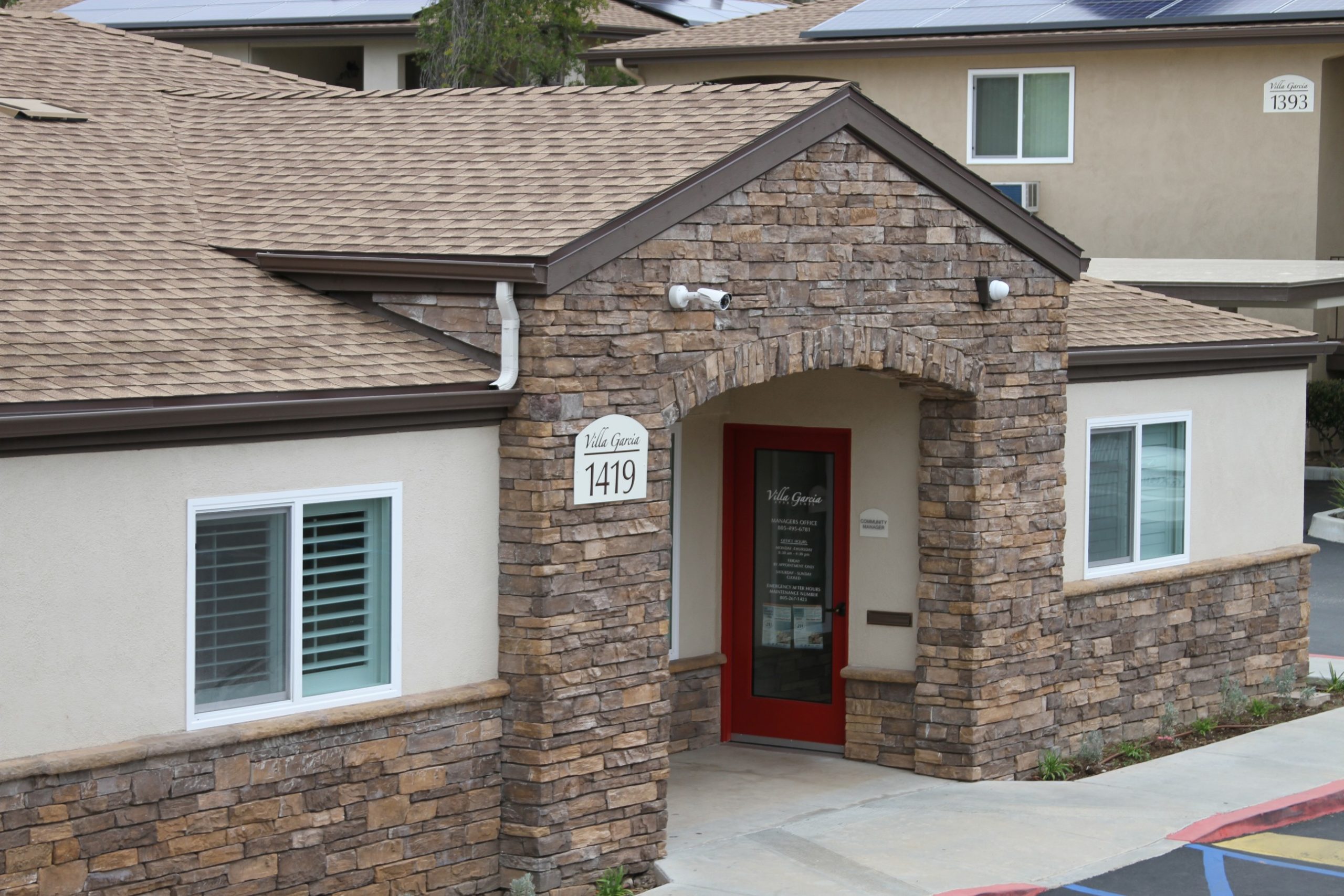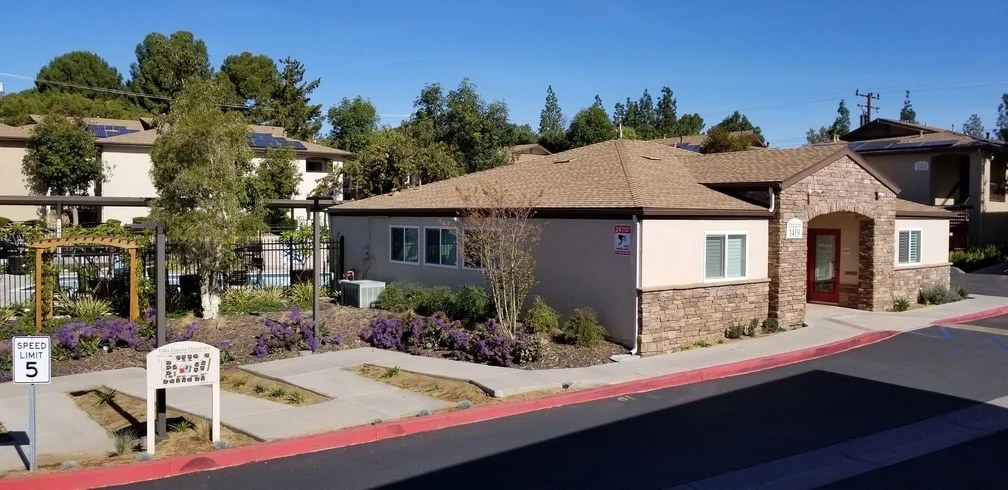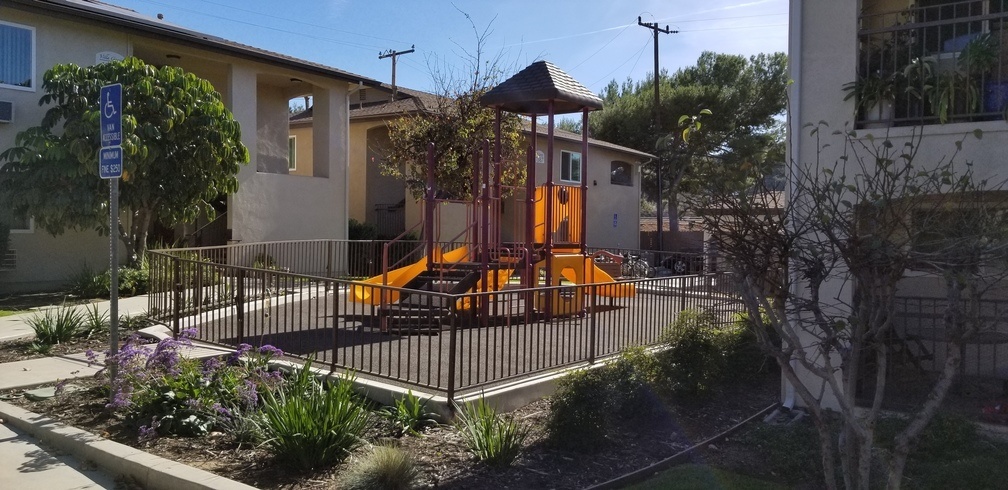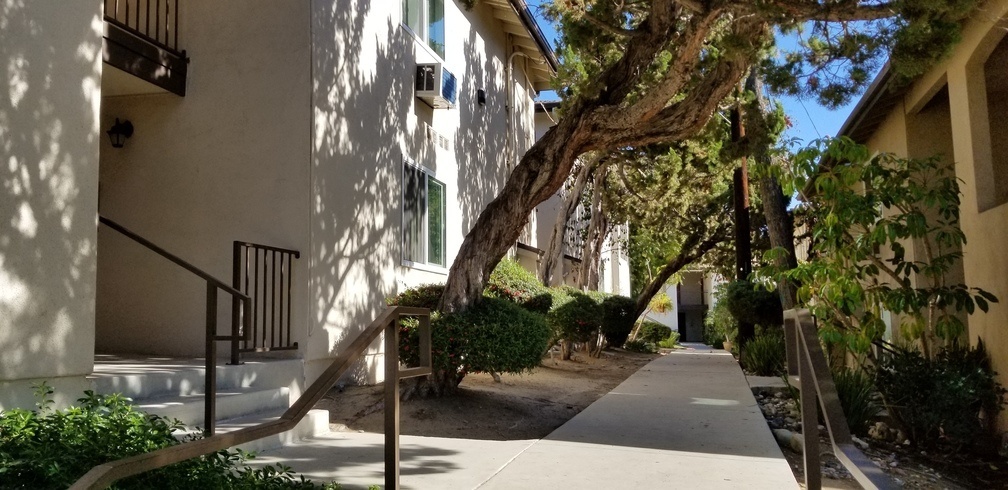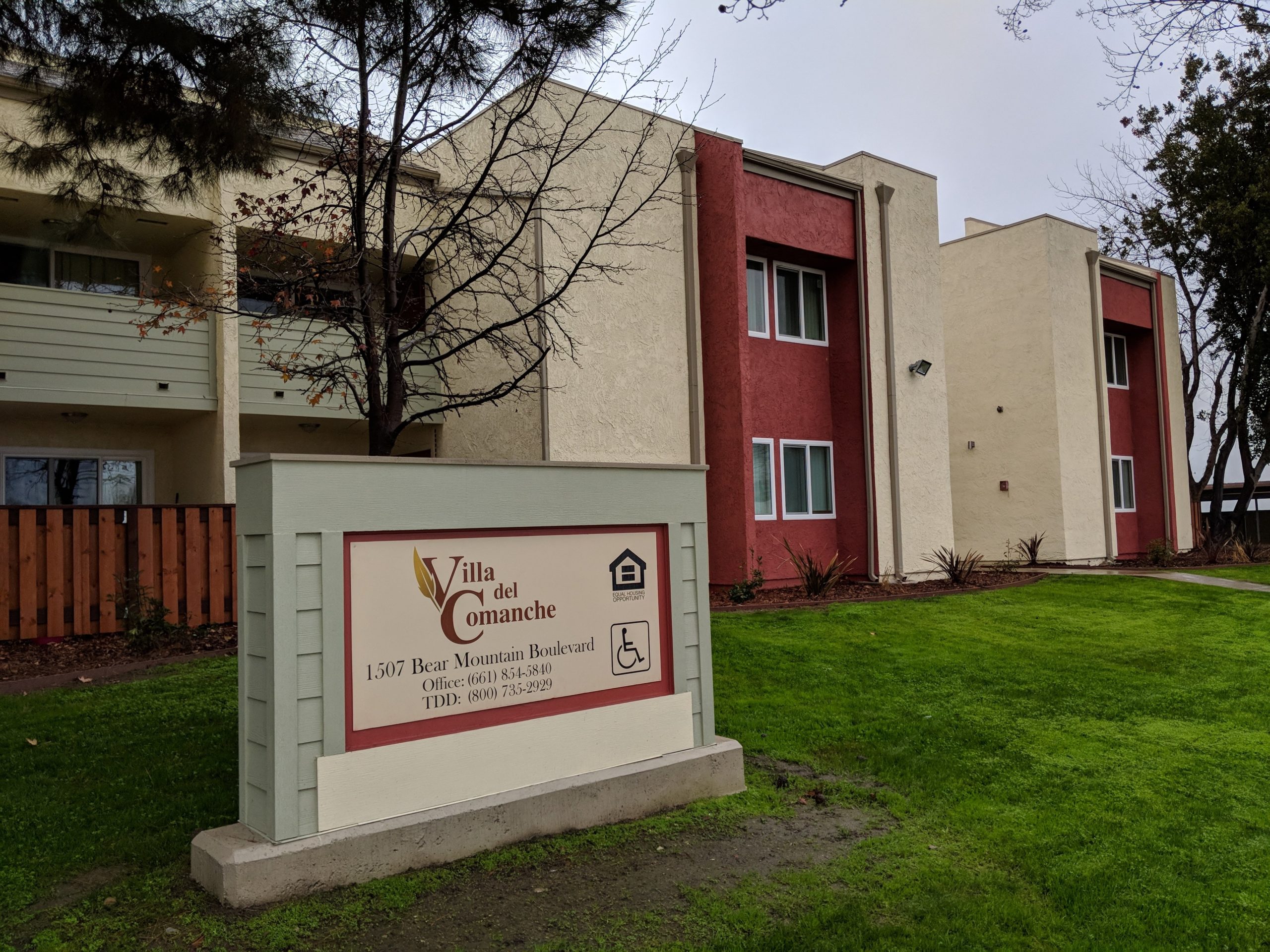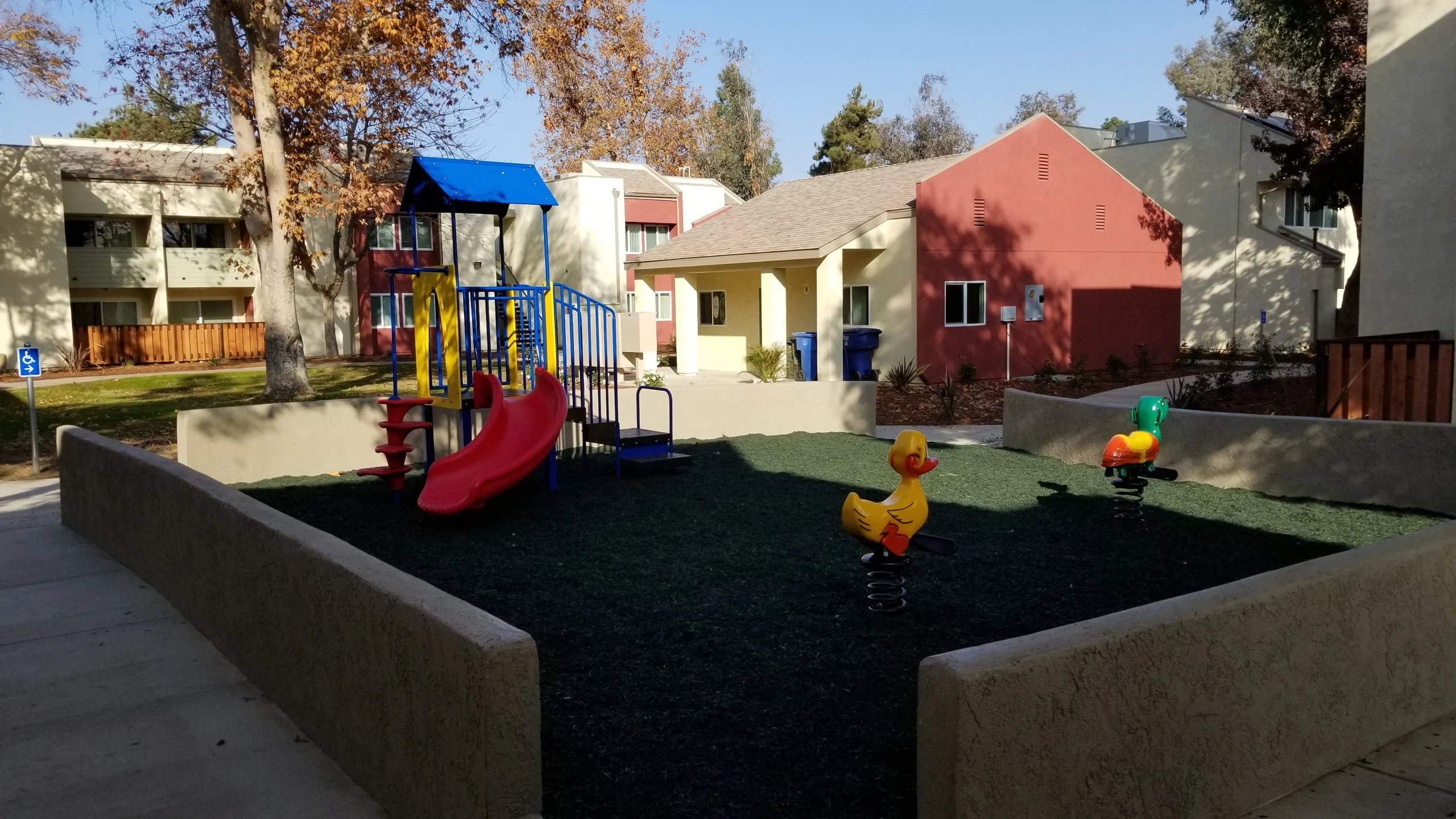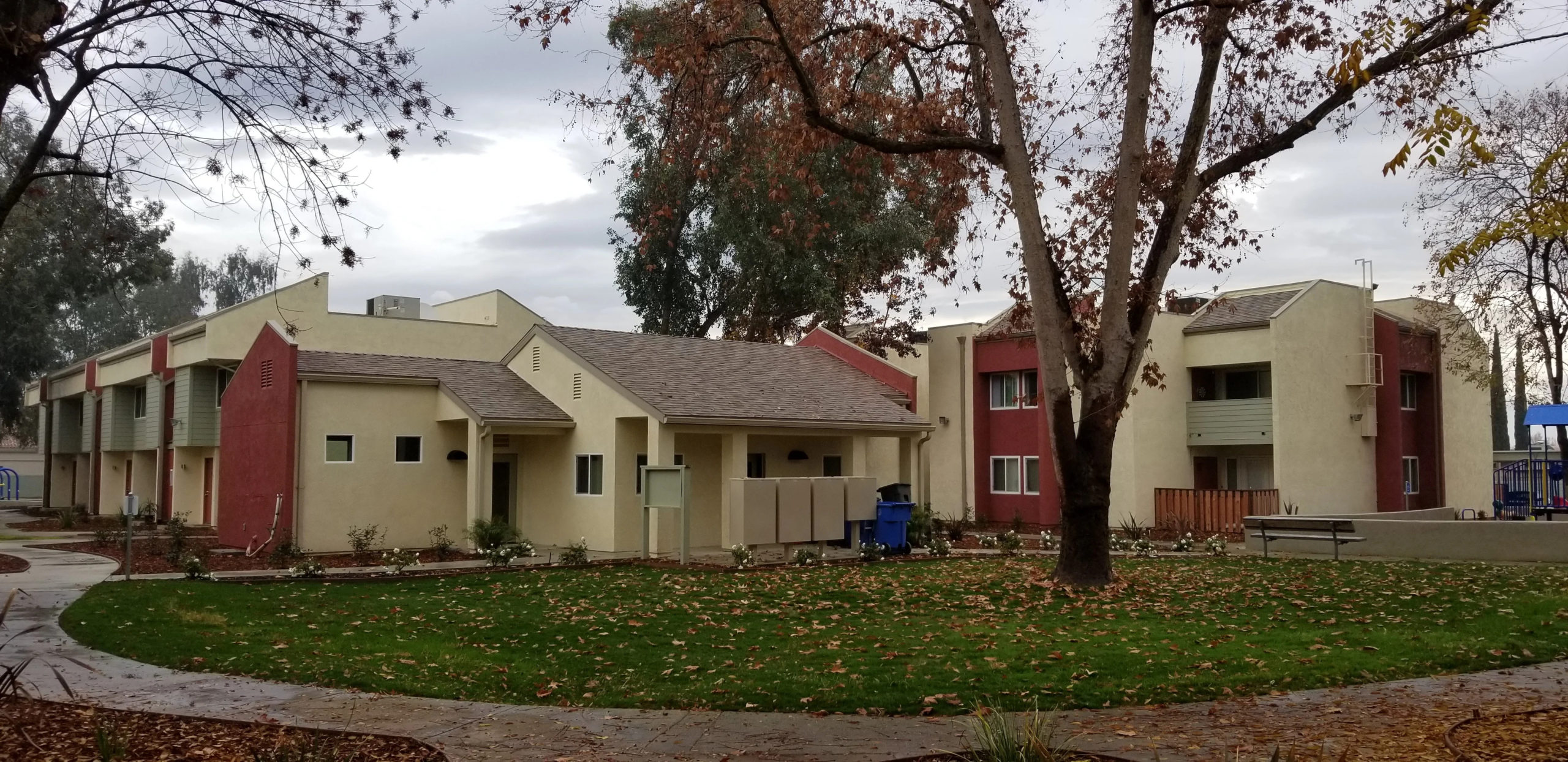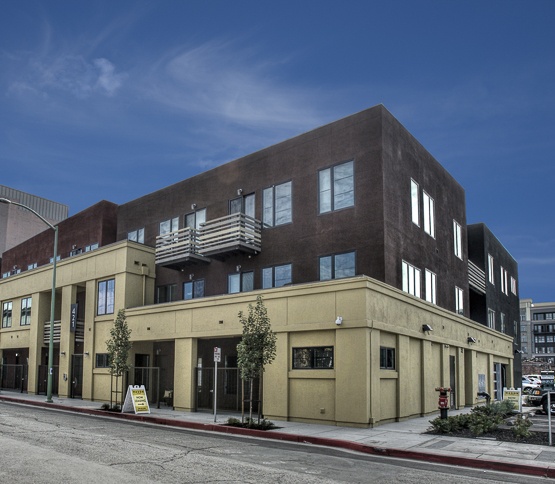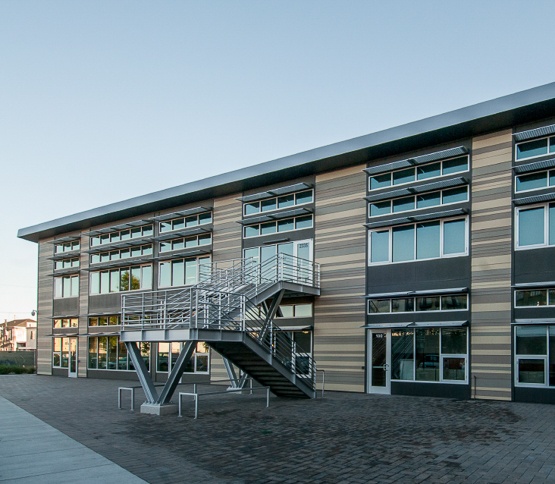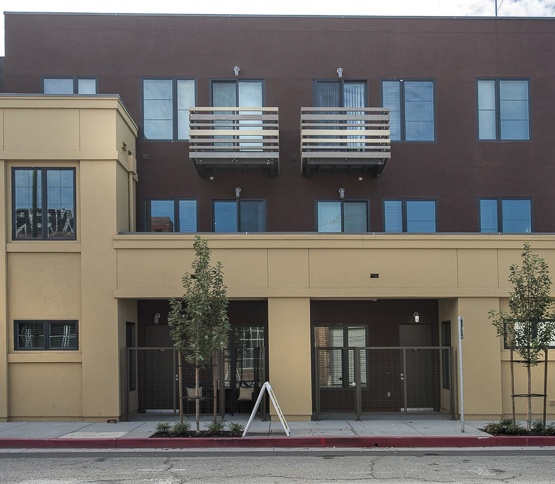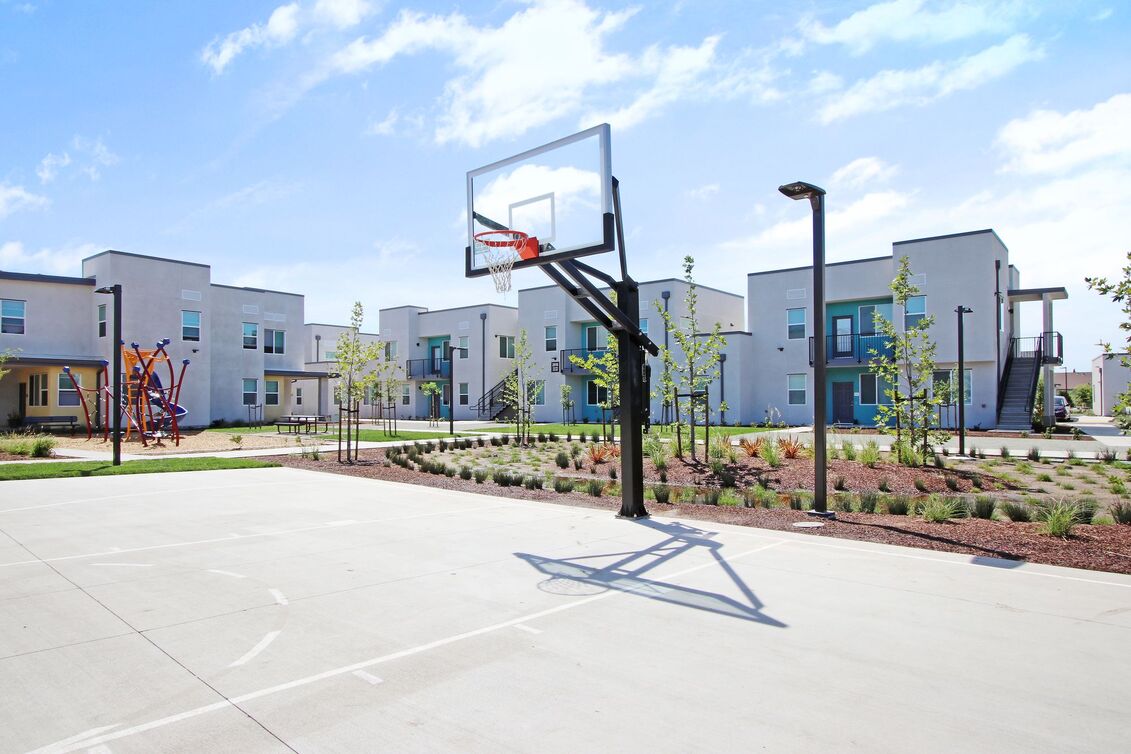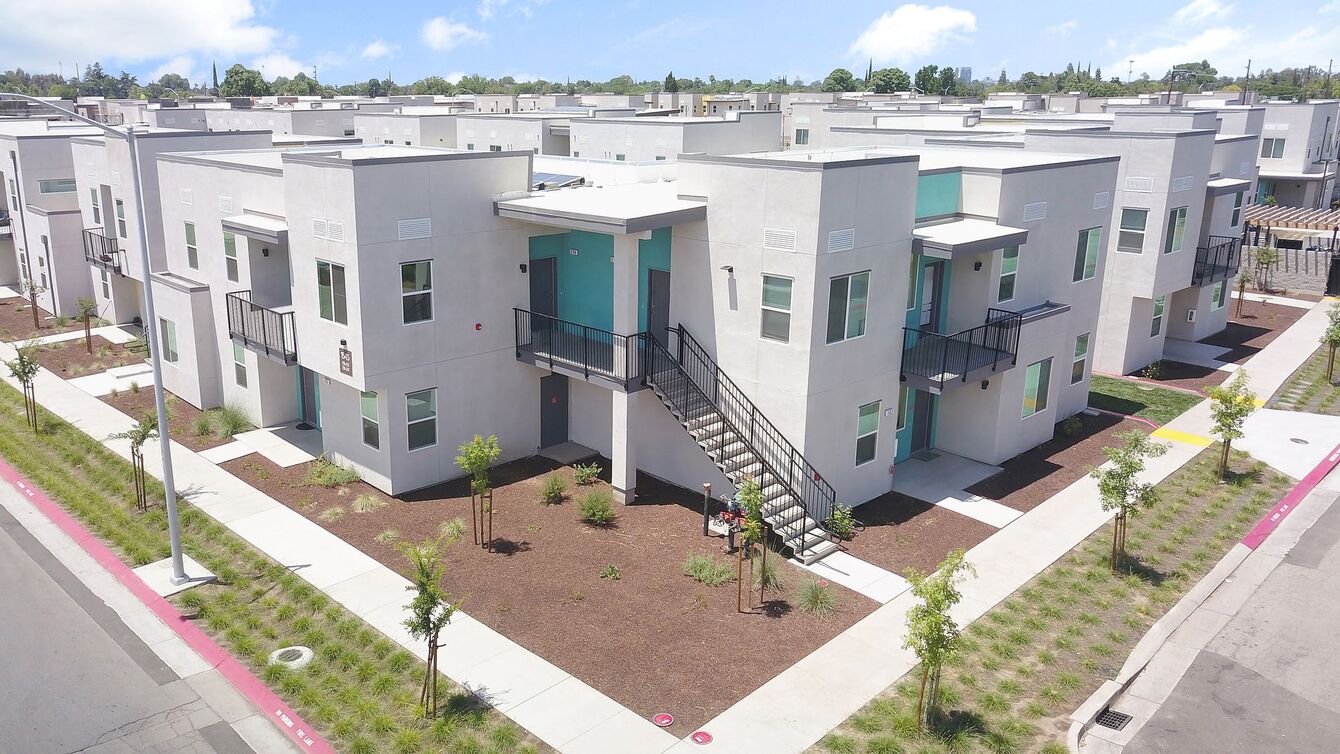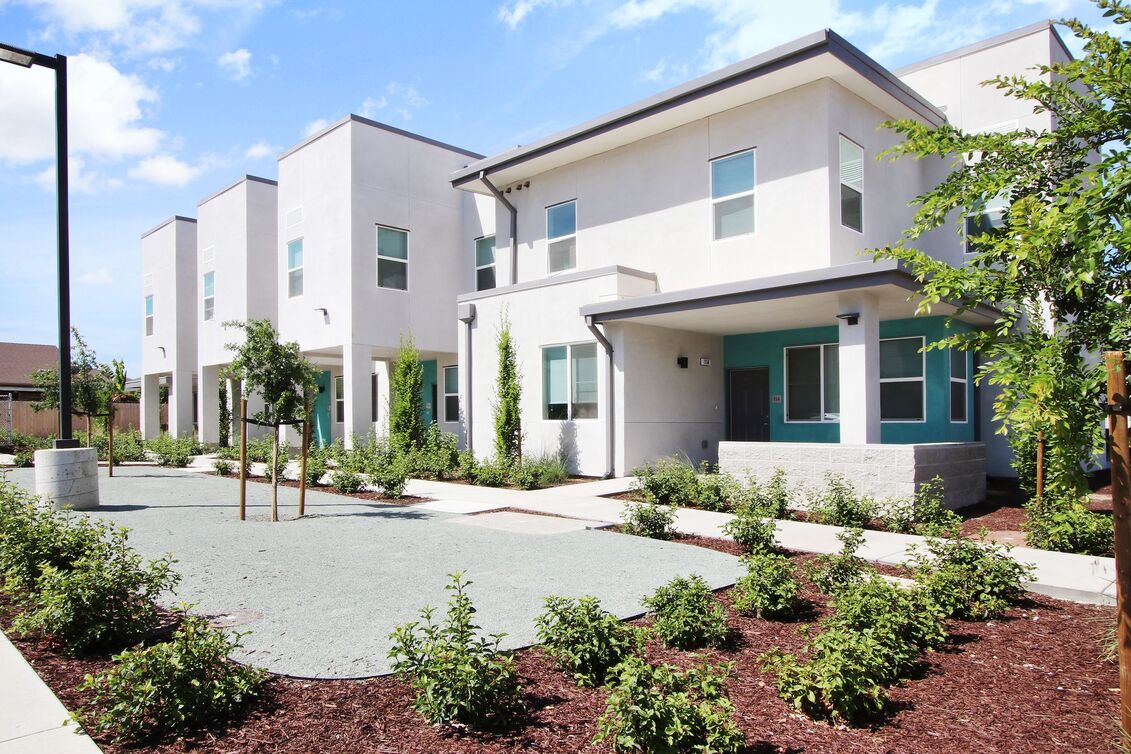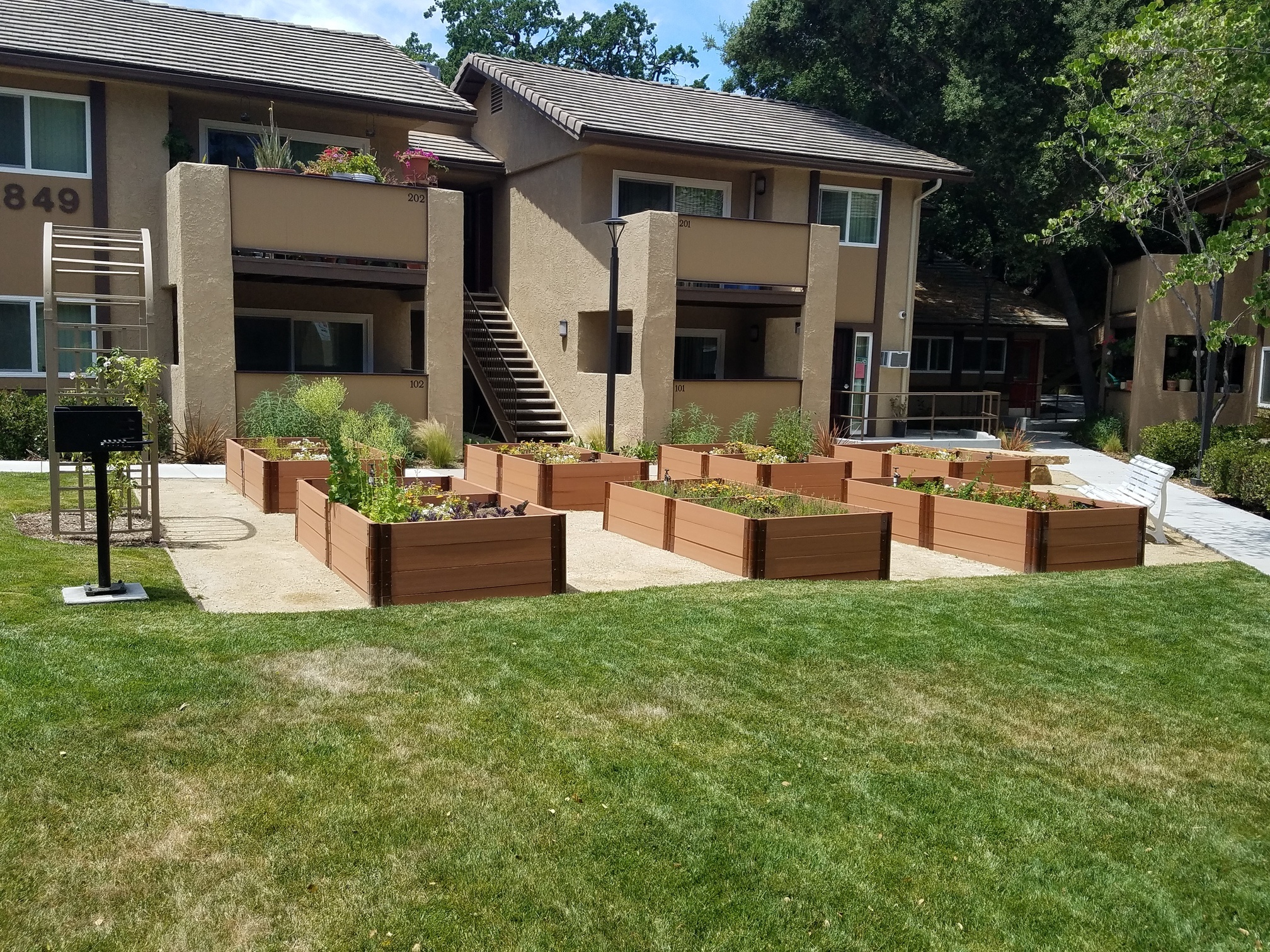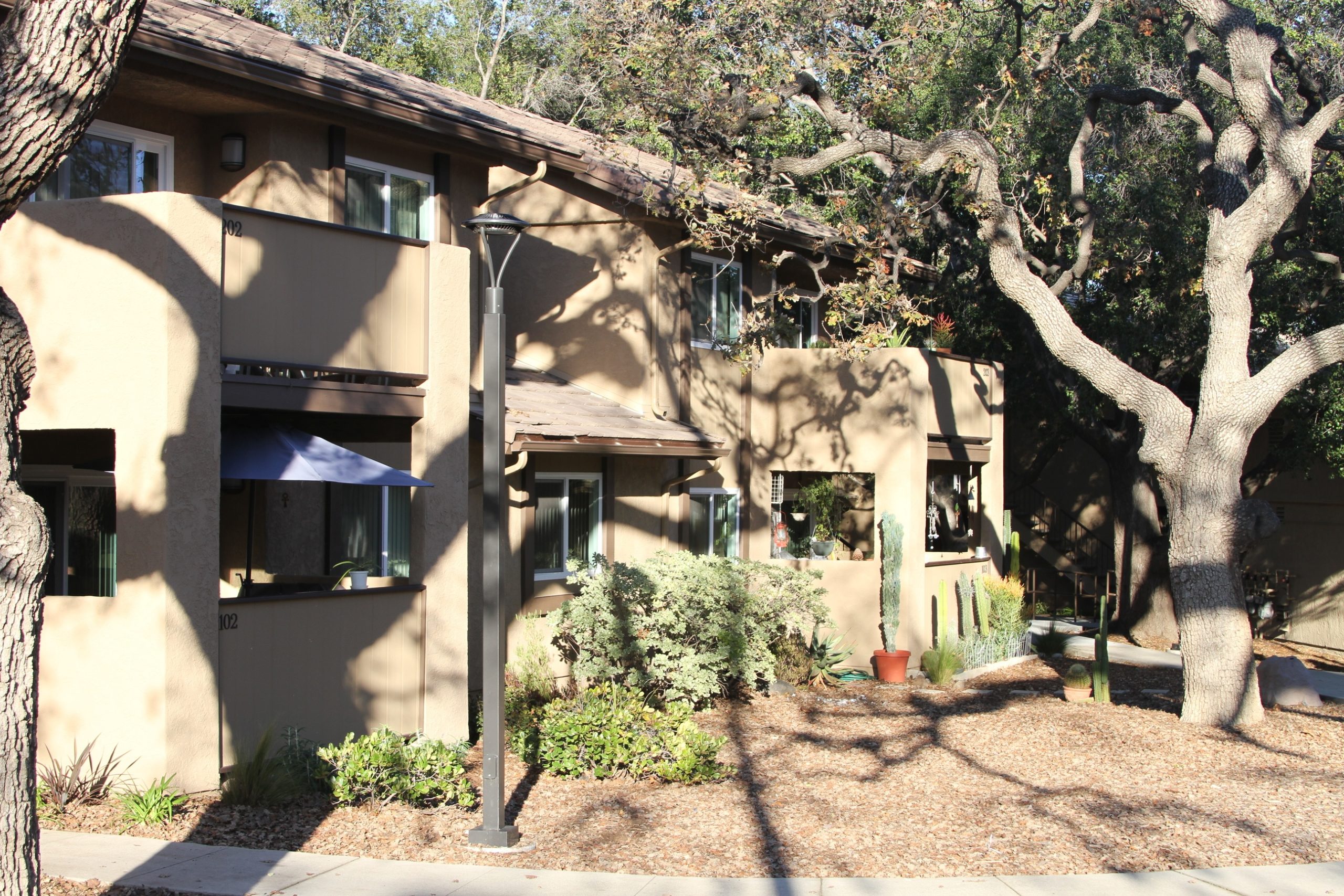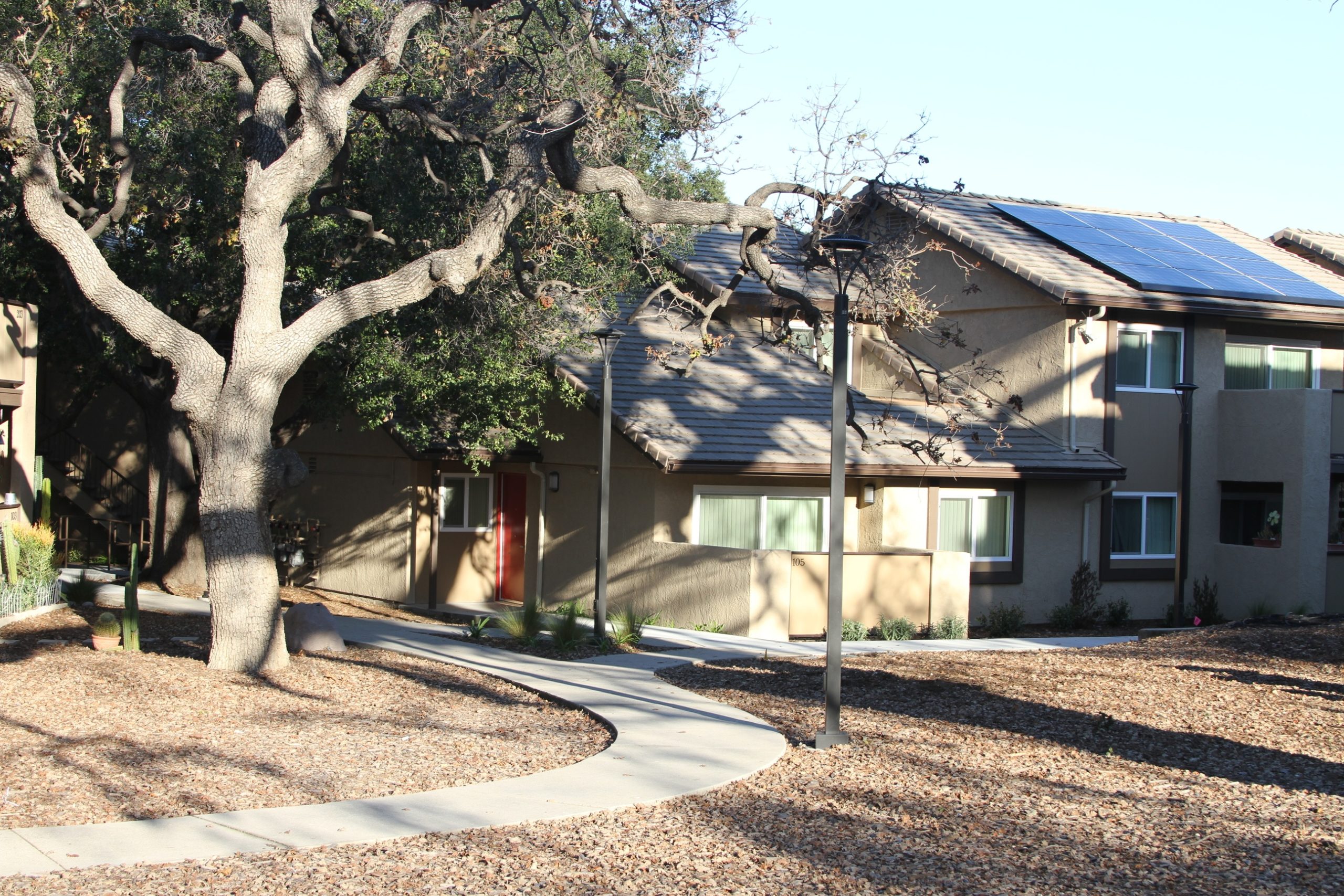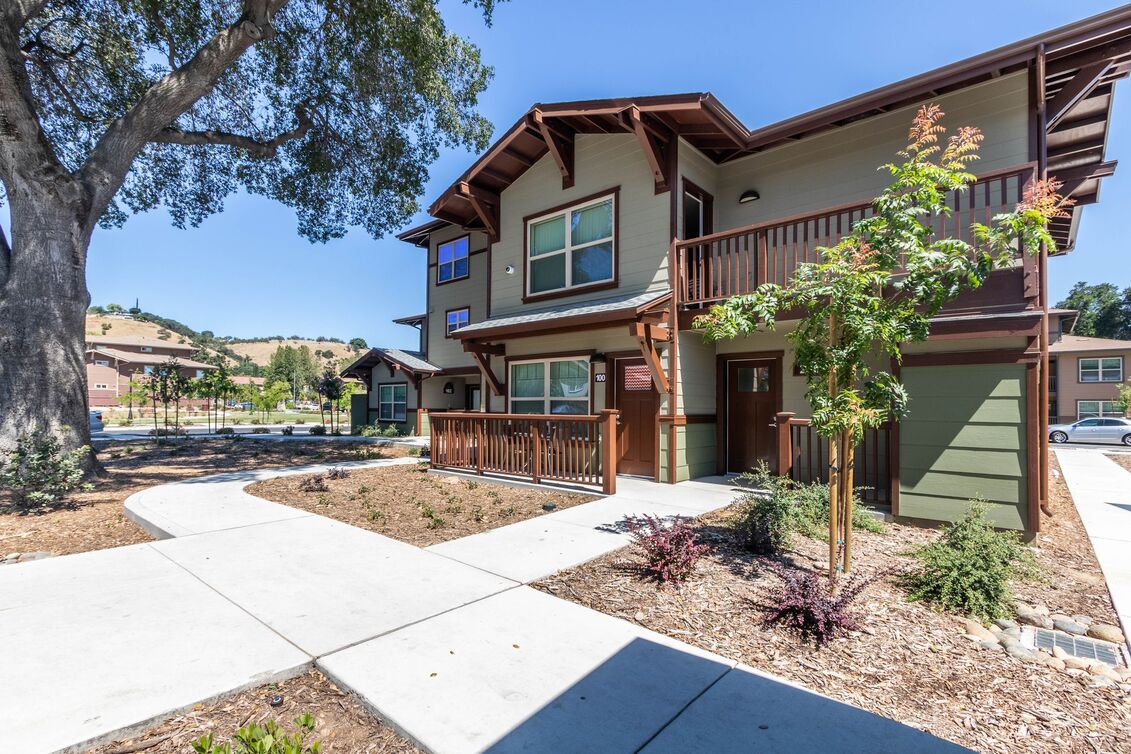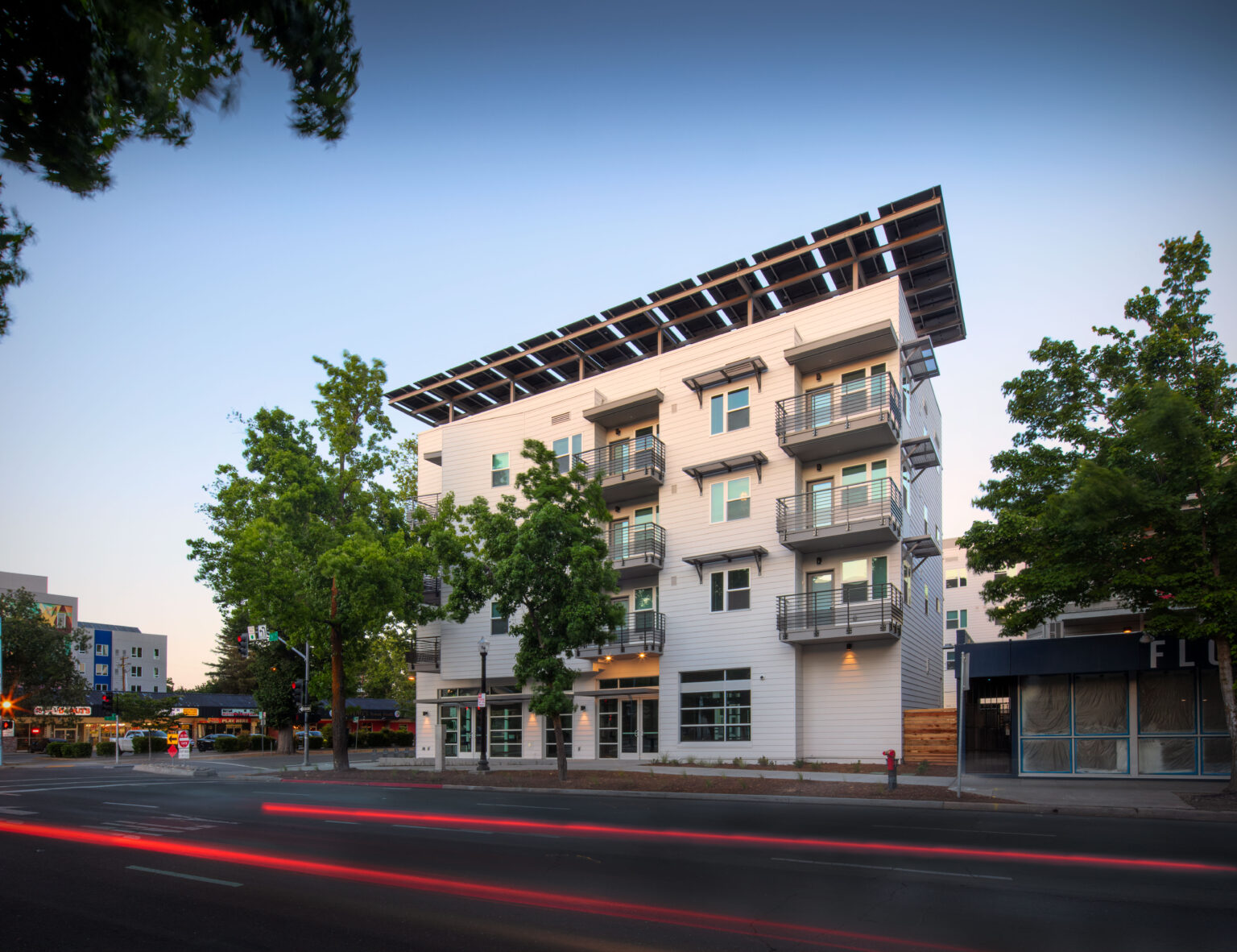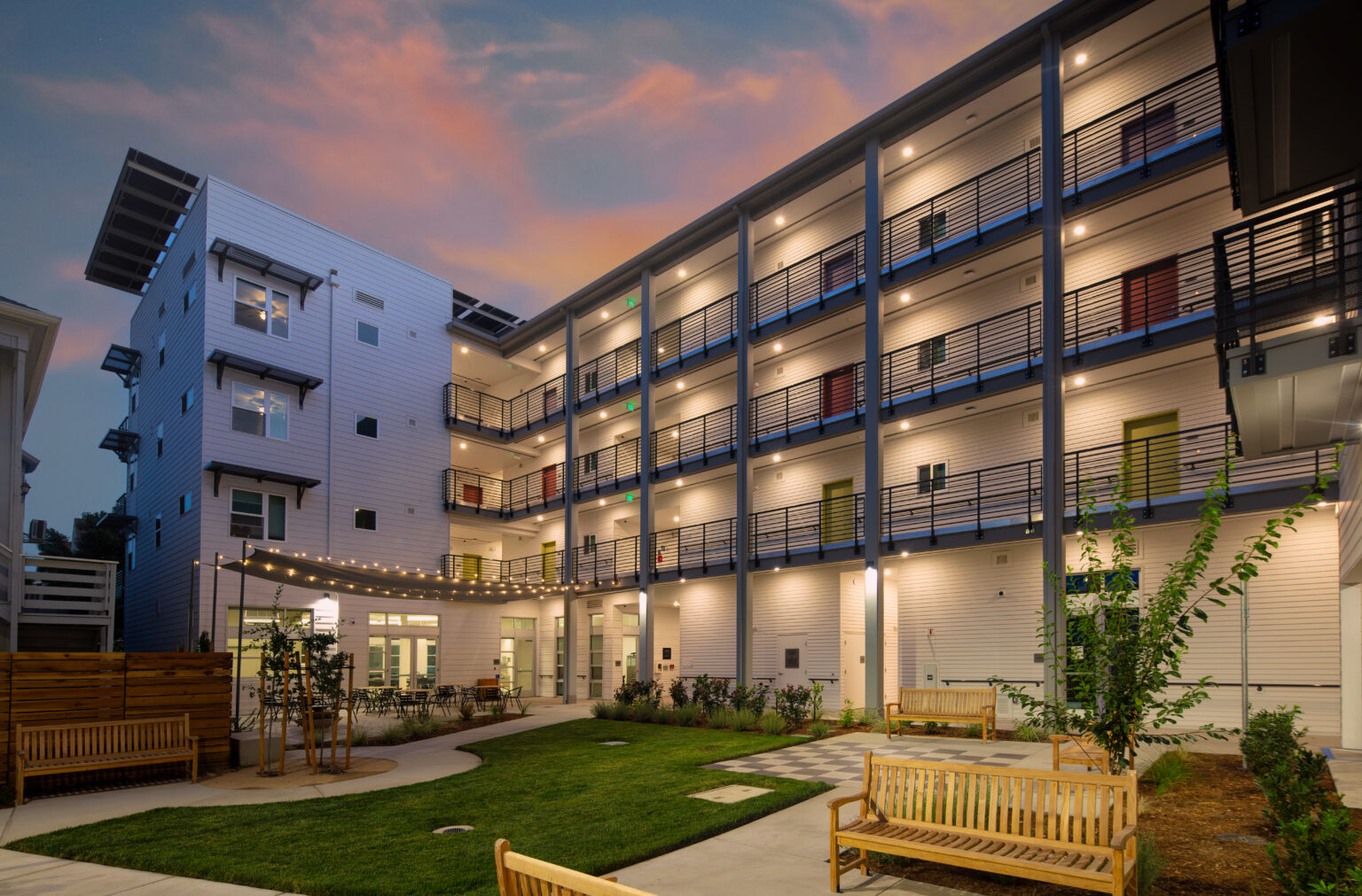The California Energy Code (CEC) is the part of the California Code of Regulations aimed at achieving energy efficiency and ensure air quality throughout the state. How does the CEC affect development projects? What should developers be aware of? How does it impact development costs and vision?
This is the third post of our blog series dedicated to optimizing your development projects in California. Our objective is to help you understand the fundamentals of the CEC, so you can provide the best solutions to your clients.
Follow the shortcuts for the whole series:
Part 1 – The Importance of Smart Energy Planning for California Development Projects
Part 2 – The Impact of California Energy Code on Your Development Project’s Budget
Part 3 – 10 Features Developers Need to Know About California Energy Code
Part 4 – Can High-Performance Design Improve ROI on Commercial Developments in California?
Part 5 – Best Practices for Sustainable Development Projects in California
Part 6 – Boosting the Value of Mixed-Use Developments with Proper Energy Planning
The Code
Every three years the California Energy Commission reviews its energy efficiency standards. The latest revision went underway during 2016 and the improved standards are in place since January 01, 2017.
This review allows to incorporate new technologies and construction methods, thus making sure that the main goals – reduce greenhouse emissions and lower energy costs – are met.
The standards are mandatory for every new construction, addition and alteration, with a few exceptions like hospitals, nursing homes and prisons and their main objective is what is known as Zero Net Energy (ZNE), which means that each building will combine efficiency and renewable distributed energy to meet 100% of its energy needs. The goal is that all new residential constructions will be ZNE by 2020 while new commercial constructions will do so by 2030.
Bear in mind that the idea of an increasingly sealed envelope is crucial to understand the standards in general and the 2016 improvements in particular.
What are the new standards, and how do they impact developers and property owners?
Non-Residential
The 2016 update is 5% more stringent than the previous standard. The key concept to have in mind is Sensors, because it will be through them, or digital technologies, that you will be able to design buildings that consume according to density and usage, but with this feature being automatically controlled. Areas of focus are:
Doors and windows: Sensors allow controlling the usage of energy when doors or windows are open for more than a few moments. Remember that you must strive to keep a sealed envelope as much as possible.
Digital controls: They are required for refining control of HVAC. Using advanced technology and integrating it to the general building management systems will generate important reductions in energy consumption.
Elevators: Include high performing lights in the design as well as fans that turn off when the elevator is empty. Again, the only way to achieve this is through sensors.
Escalators: They need to change speed depending on they are being used or not. This includes moving walkways.
Outdoor lighting: The 2016 standards reduce the general power allowance for outdoor lighting. This means resorting to more efficient lighting in two ways, luminaries themselves and automatic turning on and off.
Residential
The California Energy Commission has estimated an increased cost of around $2700 in additional hardware and installation for every new home, but savings are expected to be $7500 over the life of a 30-year mortgage.
The best way to see this is positively, since you develop a better, high-performance building that will save money in the long run. Key areas are:
Walls: This is a passive feature in the energy reduction strategy of a building. But designing and building them with high-performance materials that add insulation, greatly contributes to keep heat out during the summer and inside during the winter.
Lighting: Highly efficient lighting and controls that adjust output are required. This could be one of the most important areas of impact, so remember to design by combining natural and artificial light.
Water heating: Reduce energy usage by using tankless water heating technology, but also efficiently designed water distribution systems.
Attics: For years, the attic has been a “forgotten” place in the energy reduction schemes. Added insulation to roof decks and ceilings, will keep the heat out during hot days and certainly make attics a substantial part of a tightly sealed envelope.
To remember
California Energy Code, 2016 version is another step towards the ZNE goal. As a developer, you must comply but also find opportunities in it. Both residential and non-residential buildings can be high-performance places, designed for better quality of life. That is what you have to strive for.






